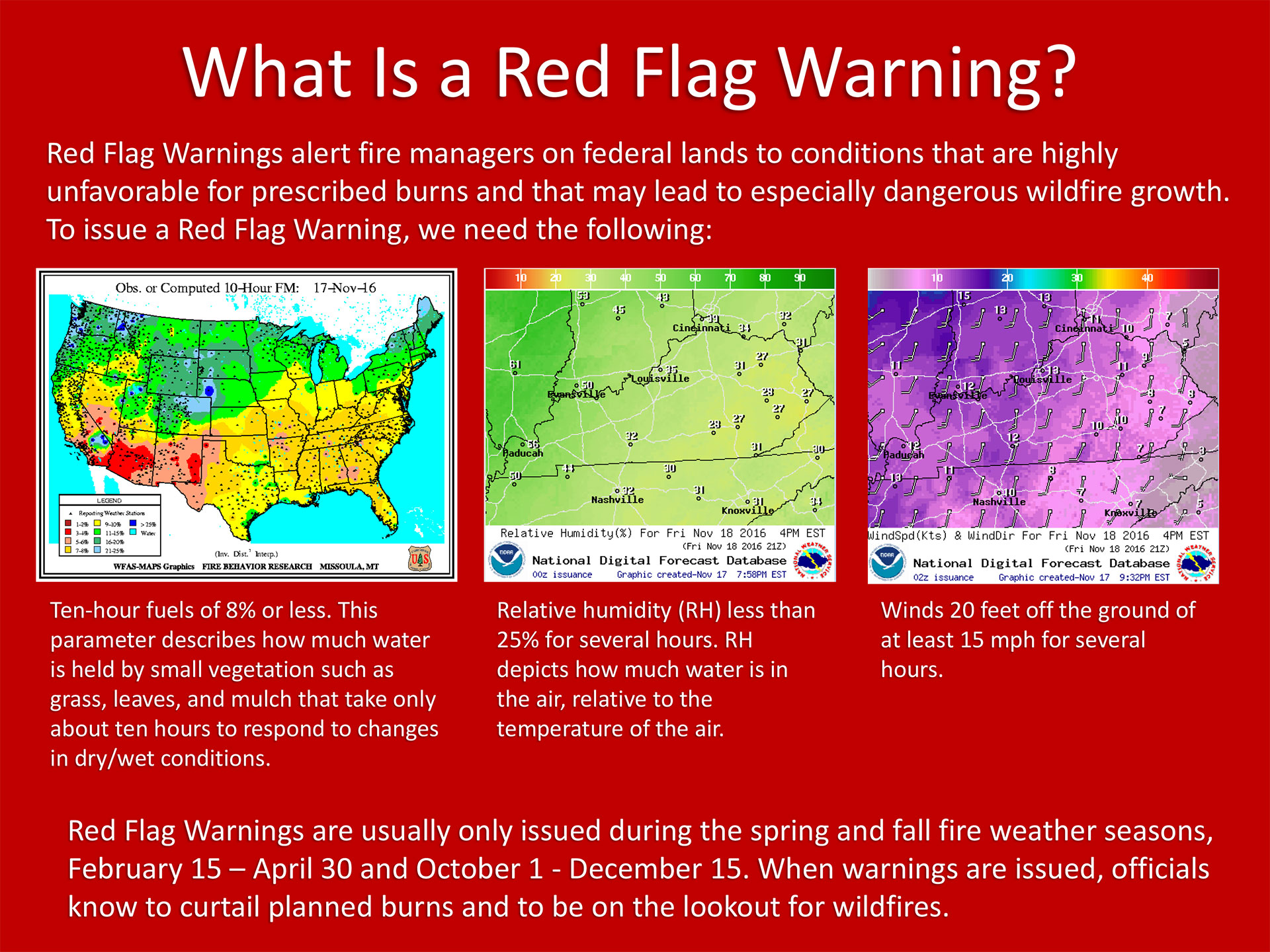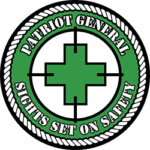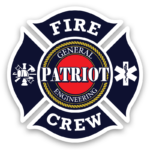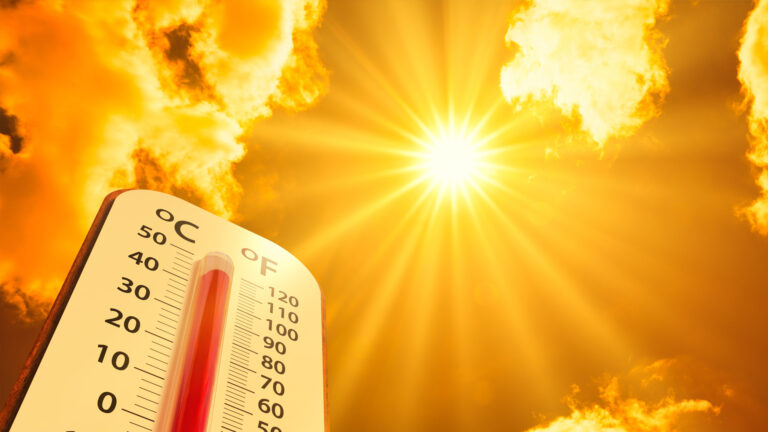Living in areas prone to wildfires, such as San Diego County, requires a deep understanding of the various weather alerts and warnings issued by the National Weather Service (NWS). Among these, the “Red Flag Warning” is one of the most critical to recognize and heed. But what exactly does it mean when a Red Flag Warning is issued, and why is it so important?
Defining a Red Flag Warning
A Red Flag Warning is an alert issued by the NWS to inform the public, fire agencies, and emergency responders that conditions are highly favorable for the rapid spread of wildfires. These warnings are typically issued when the combination of weather factors, including low humidity, high winds, and dry vegetation, creates an environment where wildfires can start easily and spread quickly.

Chart: National Weather Service
The specific criteria for a Red Flag Warning can vary depending on the region, but generally, it includes:
Dry Fuels: This refers to vegetation that has dried out, often due to prolonged drought or a lack of recent rainfall. Dry fuels are more combustible and can catch fire more easily than moist vegetation.
Low Humidity: When the air is dry, usually with relative humidity (RH) levels below 25%, it increases the likelihood that any spark or small fire can ignite surrounding vegetation.
High Winds: Sustained winds of 15 mph or higher, with gusts exceeding 25 mph, can rapidly fan flames, pushing a fire across a large area in a short time.

The Significance of a Red Flag Warning
When a Red Flag Warning is in effect, the potential for wildfire ignition and spread is at its peak. It serves as a critical notice to everyone in the affected area—residents, businesses, and local authorities—that extra precautions are necessary. Activities that could inadvertently start a fire, such as outdoor grilling, using machinery that generates sparks, or even driving through tall, dry grass, should be avoided.
For firefighters and emergency management teams, a Red Flag Warning signals the need for heightened readiness. Firefighting resources may be pre-positioned closer to high-risk areas, and response strategies may be adjusted to account for the increased danger.

What Should You Do During a Red Flag Warning?
If you live or work in an area under a Red Flag Warning, it’s essential to stay informed and take proactive steps to reduce the risk of fire. Here are some tips:
Avoid Activities That Could Start a Fire: Postpone any outdoor work that could generate sparks or flames, including mowing the lawn, using power tools, or lighting campfires.
Secure Your Property: Remove dry leaves, pine needles, and other flammable materials from around your home. Ensure that your roof and gutters are clear of debris.
Stay Alert: Keep an eye on local news and weather updates. If a fire does break out, be ready to evacuate if necessary. Have an emergency kit and a plan in place.
Report Suspicious Activity: If you see someone engaging in risky behavior or notice a small fire, report it immediately to local authorities.
A Red Flag Warning is not just another weather alert—it’s a critical call to action. By understanding what it means and taking appropriate precautions, we can all help reduce the risk of wildfires and protect our communities. Stay safe, stay informed, and be prepared during Red Flag Warning conditions.

Patriot General provides full-service fire mitigation and protection
Let Patriot General Engineering be your fire prevention contractor this fire season. We give ignitions a PSA that will allow you to send crews out with peace of mind. Patriot General Engineering Fire Division is a full-service fire prevention, suppression, and emergency medical provider. Our fire crews (QFF’s) understand the scopes of work required and have received extensive training in the risks of working around high-voltage utilities. We are qualified to perform these duties per SDG&E standards and requirements, and possess the following certifications and trainings:
• NWCG (National Wildfire Coordination Group)
• FEMA (Federal Emergency Management Administration)
• SDG&E Operations and Maintenance Wildland Fire Prevention Plan certifications
• PLUS Ongoing training in the field of safety, fire prevention, fire suppression, and EMS services
Please contact Fire Coordinator, Mike Van Bibber at mike@patriotgen.com for more information.






